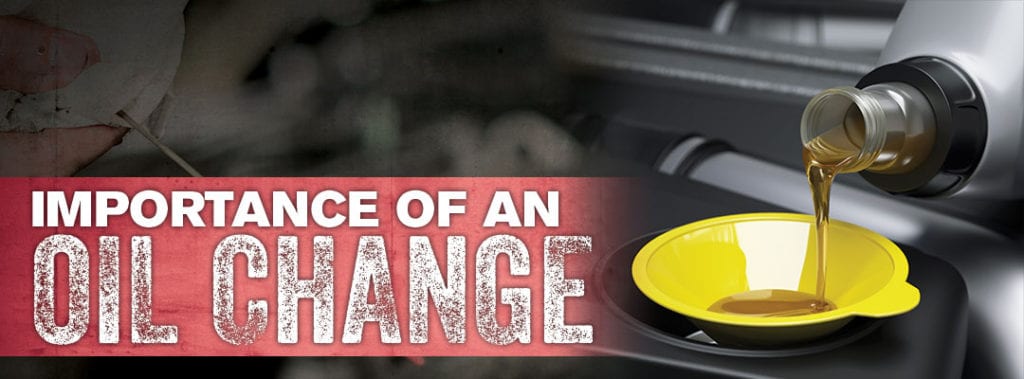About ASA
The Automotive Service Association was founded to help automotive shop owners nationwide through resources, training, legislative representation, networking, communication efforts and more. Since our inception, our members have come to count on us to help them maintain the highest level of professionalism as their shops grow and change as new technology is introduced. We encourage all of our shops to strictly adhere to our Code of Ethics to ensure quality service to their customer.
Code of Ethics
The owners and managers of automotive service businesses that belong to the Automotive Service Association (ASA) agree to adhere to a Code of Ethics which is the automotive service industry’s standard for professional business practices.
- To perform high quality repair service at a fair and just price.
- To use only proven merchandise of high quality distributed by reputable firms.
- To employ the best skilled technicians obtainable.
- To furnish an itemized invoice for fairly priced parts and services that clearly identifies any used or remanufactured parts. Replaced parts may be inspected upon request.
- To have a sense of personal obligation to each customer.
- To promote good will between the motorist and members of the association.
- To recommend corrective and maintenance services, explaining to the customer which of these are required to correct existing problems and which are for preventive maintenance.
- To offer the customer a price estimate for work to be performed.
- To furnish or post copies of any warranties covering parts or services.
- To obtain prior authorization for all work done, in writing, or by other means satisfactory to the customer.
- To notify the customer if appointments or completion promises cannot be kept.
- To maintain customer service records for one year or more.
- To exercise reasonable care for the customer’s property while in our possession.
- To maintain a system for fair settlement of customer’s complaints.
- To cooperate with established consumer complaint mediation activities.
- To uphold the high standards of our profession and always seek to correct any and all abuses within the automotive industry.
Why Choose an ASA Shop?
Whether it’s a collision shop or a mechanical shop, when your vehicle is repaired by an Automotive Service Association (ASA) member-business, you can expect the following:
- An attentiveness to you, the customer. ASA members work to earn and keep your satisfaction and trust. In fact, an average of 78 percent of customers are repeat customers.
- Repairs and service backed by years of experience. The average ASA mechanical repair shop is 24 years old and 94 percent of ASA mechanical members are part of family-owned businesses.The average ASA collision repair shop is 32 years old and 95 percent of ASA collision members are part of family-owned businesses. Ninety-four percent of the shops operate a website and 61 percent of their customers are repeat customers.
- Adherence to ASA’s Code of Ethics that outlines professional business practices.
- Accurate diagnosis and repairs. ASA members stay up-to-date with evolving vehicle technology by attending technical education classes.
- Access to information. By belonging to ASA, members have access to more than 30 association benefits, including the latest technical and management education and regulatory information.


 The US National Institute for Automotive Service Excellence is the top certifying body for technicians in the United States today. Also called ASE, when you come across a technician who has been certified by the US National Institute for Automotive Service Excellence, you know that you are dealing with a highly trained technician who has learned just about everything there is to know about cars in regards to service.
The US National Institute for Automotive Service Excellence is the top certifying body for technicians in the United States today. Also called ASE, when you come across a technician who has been certified by the US National Institute for Automotive Service Excellence, you know that you are dealing with a highly trained technician who has learned just about everything there is to know about cars in regards to service.